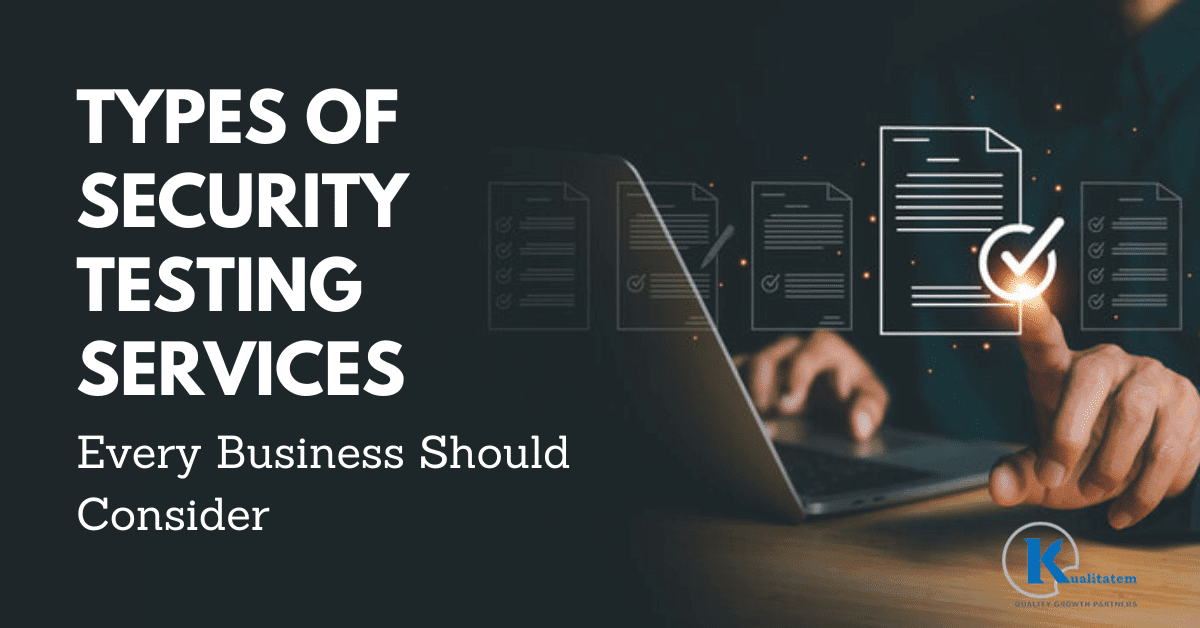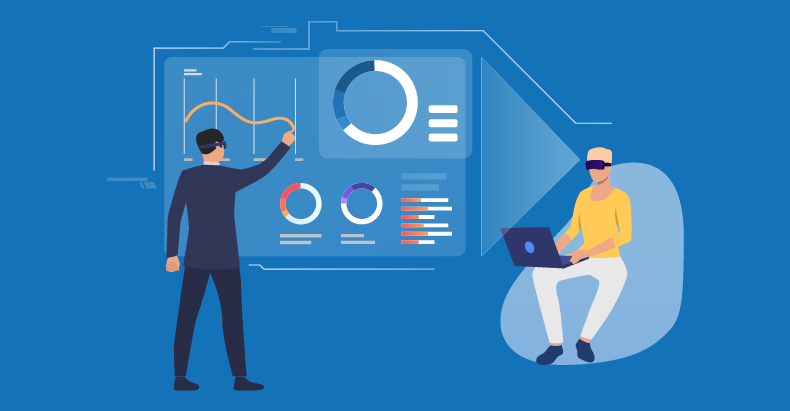Types of Security Testing Services Every Business Should Consider

- September 14, 2023
- admin
In today’s digital world, businesses face increasing risks that can compromise sensitive data and disrupt operations. As technology advances, so do the tactics of cyber criminals. This guide outlines essential strategies that businesses can use to protect themselves from cyber threats. By exploring different approaches, their advantages, and best practices, organizations can build stronger defenses.
Why Cybersecurity Matters
As businesses rely more on technology, securing systems and data is critical. Identifying vulnerabilities before they are exploited helps prevent significant losses. By simulating potential attacks and reviewing systems, businesses can identify weaknesses and take action. Without these measures, organizations expose themselves to risks such as data theft, ransomware, and unauthorized access.
Uncovering System Weaknesses
One of the first steps in protecting an organization is identifying system weaknesses. Using automated tools, businesses can scan their infrastructure and applications to detect potential vulnerabilities. By addressing these weaknesses proactively, companies reduce the likelihood of being targeted by attackers. The process includes detection, risk assessment, and reporting, which helps prioritize issues and align with best security practices.
Simulating Real-World Attacks
Penetration testing involves simulating cyberattacks to assess an organization’s defenses. This approach provides insight into how well systems would withstand actual threats. Through this process, businesses can uncover hidden vulnerabilities and address them before they become a problem. It also helps ensure that systems comply with regulatory standards.
Reviewing Software Code
A detailed review of application source code is another key practice. This helps identify flaws in the code that could lead to security breaches. By detecting errors early, companies can make necessary corrections to strengthen their systems. Code reviews help improve coding practices and prevent potential exploits that could compromise security.
Integrating Security in Development
Security should be embedded into the software development lifecycle. A shift-left strategy, which focuses on early detection and continuous monitoring, allows businesses to address vulnerabilities as they arise. Close collaboration between development and security teams ensures a smoother, more efficient process while minimizing risk.
Protecting Network Infrastructure
Network security assessments help identify weaknesses in communication systems and infrastructure. These evaluations examine how well systems are protected from external threats and assess overall resilience. By identifying areas of vulnerability and addressing them, businesses can enhance their defenses and comply with security standards.
Securing Web Applications
Web applications are frequent targets for cyberattacks, so securing them is essential. Assessments focus on identifying vulnerabilities such as injection flaws, weak authentication protocols, and poor session management. Strengthening these areas protects user data and enhances trust in online services.
Safeguarding Mobile Platforms
As mobile apps become integral to business operations, securing them is increasingly important. Evaluating mobile apps for potential data breaches, insecure communication, and coding errors ensures that apps remain protected. This approach helps secure sensitive data, improve app integrity, and meet regulatory requirements.
Ensuring Cloud Security
Cloud security is a top priority as businesses migrate to cloud-based infrastructure. Assessments focus on securing cloud environments, including data storage, encryption, and access control. This process helps organizations maintain secure, compliant cloud systems while reducing potential risks.
Protecting IoT Devices
The rise of connected devices introduces new security challenges. IoT security assessments evaluate the safety of devices and their communication channels. By identifying weaknesses in device security, businesses can prevent cyberattacks and maintain secure, compliant operations.
Strengthening Defenses with Comprehensive Measures
In today’s fast-evolving digital landscape, staying ahead of emerging threats is essential. By incorporating proactive strategies such as vulnerability assessments, penetration tests, and code reviews, organizations can minimize risks and enhance their defenses.
Integrating these security measures into development workflows, network systems, web and mobile platforms, cloud infrastructure, and IoT devices ensures a robust, comprehensive approach. With continuous monitoring and strong security practices, businesses can protect their digital assets and maintain the trust of their customers and partners.











